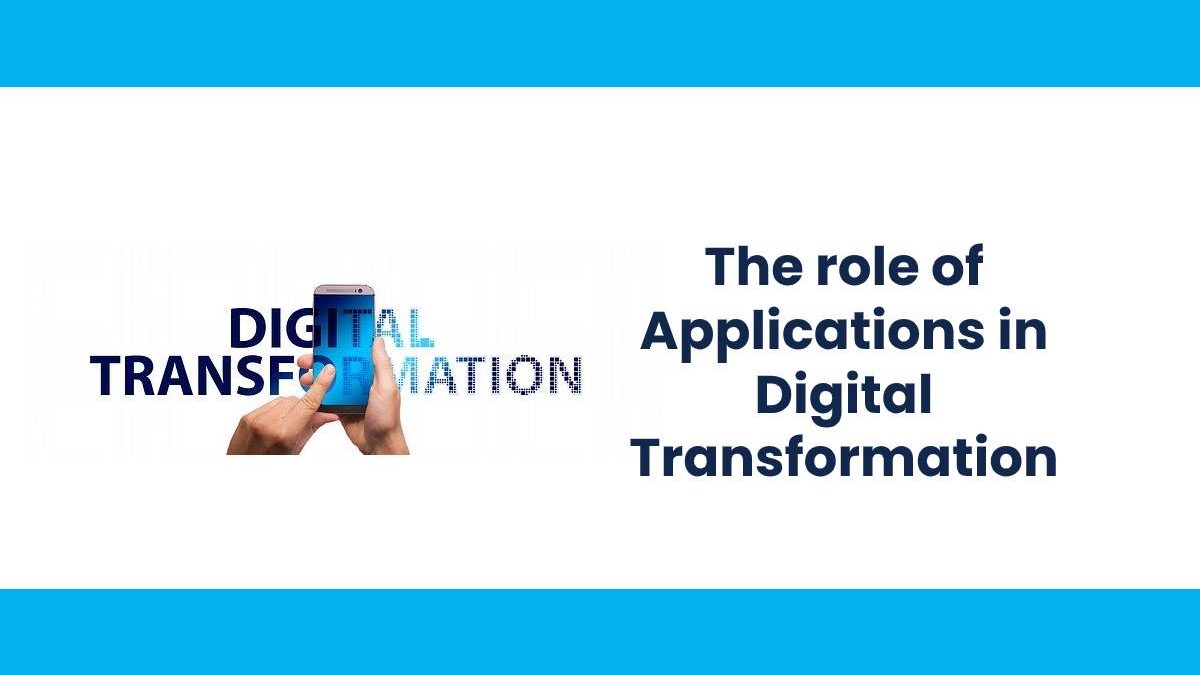If two words define the reality of companies today, they are change and technology. But these are not isolated terms, but a logical consequence of the application of the second. In other words, technology is the engine of change in business and, also, it is the basis for the transformation of the economic and productive model of companies in the Digital Economy. This transformative effect threatens to leave out all those players. Who are not agile enough to get on the change car.
Technology is the center of the strategy of all companies.
All those that do not incorporate technology as a critical element of their business plan. Run the risk of becoming irrelevant in the market. A list of the technologies that are generating positive effects on companies and their business models would be endless. Key technologies such as Big Data, Cloud Computing, Mobility, Security, Artificial Intelligence, Machine Learning, but there are three essential areas in which every company must look without delay and incorporate them into their digital transformation strategies. They are those areas that are, really, closer to the users of the companies, that we should not forget that they are no longer just the workers or the managers of the same, but also the clients and, in some cases, even the suppliers and business partners.
Also read: What is Click To Tweet? – Definition, Advantages, And More
A good time for transformation
The integration of technology in the production processes of companies generate essential changes, both in knowledge and in the way of doing things. Which creates significant benefits for companies. A step forward that has not been possible on previous occasions due to an issue of costs.
Advantages Of Digital Transformation
Advantages of applications as cloud services Well, the good news for companies is that entry costs are lesser now, thanks to the cloud considerably. It is very feasible to start projects on a modest scale. And make them grow over time, according to the real needs of each company. The models of payment for consumption and monthly subscriptions open the door to any company to a level of technology unthinkable not many years ago, and with flexibility and scalability that adjust to the needs of each moment, from the months with the greatest need of technology, due to specific work peaks, up to those times when any amortization of purchase would be inconvenient because demand does not require it,
Another good news is that, by hiring applications as cloud services. Customers can benefit from the incorporation of the most advanced technologies. In other words, we forgot about large annual updates of applications that we have to install on a post-by-post basis. Which generated work time for the IT department. In addition to causing some brake or user discomfort. With the constant updates that accompany the contracting of applications as a service. The user knows that at all times they have the most updated version of the tool they are using, without the need for an on-site technician to patch the applications. Or install the latest features.
In this case, Oracle’s approach to Artificial Intelligence stands out, which is one more element of its cloud applications. That is, it is not acquirable as a separate product, but is part of a service.
Also read: What is Keyword Stuffing? – Definition, Functions, And More

